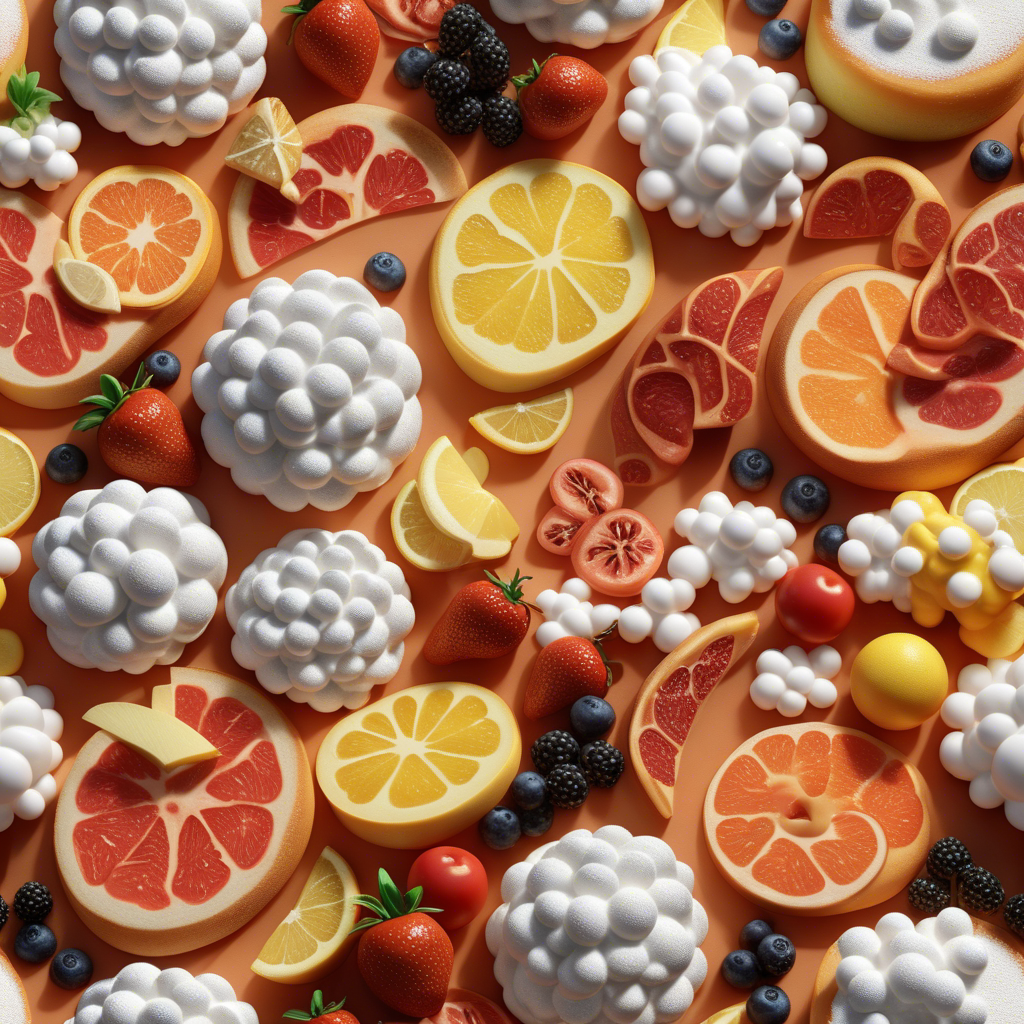Molecular gastronomy is a subdiscipline of food science that applies scientific principles to the cooking process, creating innovative and visually stunning dishes. Two of the most popular techniques in molecular gastronomy are spherification and foamification, which can add a touch of magic to any meal. In this article, we’ll explore the basics of these techniques and provide a beginner’s guide on how to get started.
What is Spherification?
Spherification is a process that involves using sodium alginate and calcium chloride to create small, bouncy spheres of liquid. This technique is often used to create “caviar” pearls of flavored liquid, which can be used as a garnish or added to dishes for a burst of flavor.
How to Spherify Liquids
To spherify liquids, you’ll need the following ingredients:
- Sodium alginate
- Calcium chloride
- Water
- Flavorings (optional)
Here’s a basic recipe for spherifying liquids:
- Mix 1 gram of sodium alginate with 100 milliliters of water to create a solution.
- Add flavorings to the solution, if desired.
- Using a syringe or dropper, drop small amounts of the solution into a bath of calcium chloride (1 gram of calcium chloride per 100 milliliters of water).
- The solution will form into small spheres, which can be collected and rinsed with water.
What is Foamification?
Foamification is a process that involves using soy lecithin or other surfactants to create light, airy foams from liquids. This technique is often used to add texture and visual interest to dishes, such as soups, sauces, and desserts.
How to Foamify Liquids
To foamify liquids, you’ll need the following ingredients:
- Soy lecithin
- Water
- Flavorings (optional)
Here’s a basic recipe for foamifying liquids:
- Mix 1 gram of soy lecithin with 100 milliliters of water to create a solution.
- Add flavorings to the solution, if desired.
- Using a whisk or blender, whip the solution until it forms a light, airy foam.
- The foam can be used immediately or stored in the refrigerator for later use.
Tips and Tricks
Here are a few tips and tricks to help you get started with spherification and foamification:
- Use a syringe or dropper to drop small amounts of solution into the calcium chloride bath for spherification.
- Experiment with different flavorings and colors to create unique and visually stunning dishes.
- Use a blender or food processor to whip the solution for foamification, as this will help to incorporate air and create a lighter, more stable foam.
- Practice makes perfect! Don’t be discouraged if your first attempts at spherification or foamification don’t turn out as expected.
Conclusion
Spherification and foamification are just two of the many techniques used in molecular gastronomy to create innovative and visually stunning dishes. With a little practice and experimentation, you can add these techniques to your culinary repertoire and create dishes that will amaze and delight your friends and family.
Sources
- “The Science of Cooking” by Peter Barham
- “Molecular Gastronomy: A Guide to the Science and Art of Cooking” by Nathan Myhrvold
- “The Flavor Bible” by Karen Page and Andrew Dornenburg
Equipment and Ingredients
- Sodium alginate
- Calcium chloride
- Soy lecithin
- Water
- Flavorings (optional)
- Syringe or dropper
- Blender or food processor
- Whisk or spatula
Safety Precautions
- Always handle sodium alginate and calcium chloride with care, as they can cause skin and eye irritation.
- Wear protective gloves and goggles when working with these ingredients.
- Make sure to rinse your hands thoroughly after handling these ingredients.


